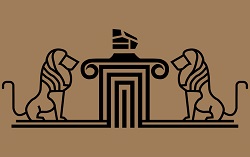Tuff, also known as volcanic tuff, is a type of natural rock that is formed from the ashes left over as a consequence of volcanic activity. When volcanic ash is expelled from a vent during the time of a volcanic eruption, the ash itself cools and solidifies following ejection and deposition, thus consolidating in a rock formation of tuff.
Being a relatively soft rock, tuff has been used for construction and building purposes for thousands of years in human history. Tuff has excellent building properties and is appreciated widely by engineers and architects for its light weight, high quality, strength and low thermal conductivity. Tuff is commonly used to create blocks for the construction of slabs and tiles, while it is also a smart choice for building high-performance roofing and waterproofing protection.
Back in the days of the Soviet Union, the Armenian tuff was employed not only within the USSR territorial construction works but also international engineering and infrastructure projects, an example being the construction of the United Nations headquarters in New York in the year 1951. Armenian tuff belongs to a particularly archaic group of natural rocks that emerged as a result of volcanic activity that took place billions of years ago on our planet. The ancient Romans used tuff for building buildings, bridges and houses that stood as a symbol of eternity, elegance, wealth and power. The porosity and softness of the tuff stone allow it to be treated and handled without using special tools. However, despite its apparent pliability and flexibility, tuff is no less reliable than granite.



